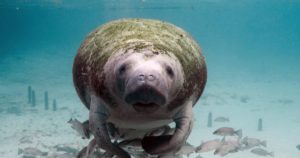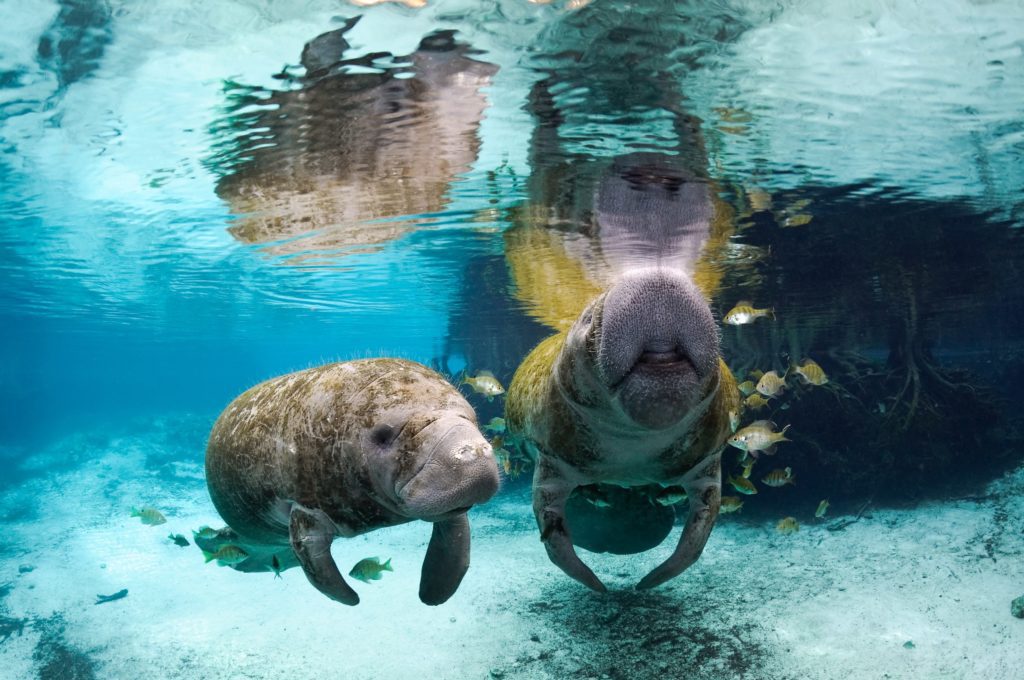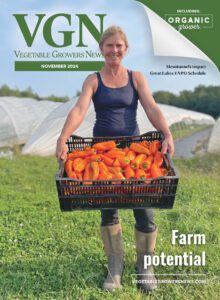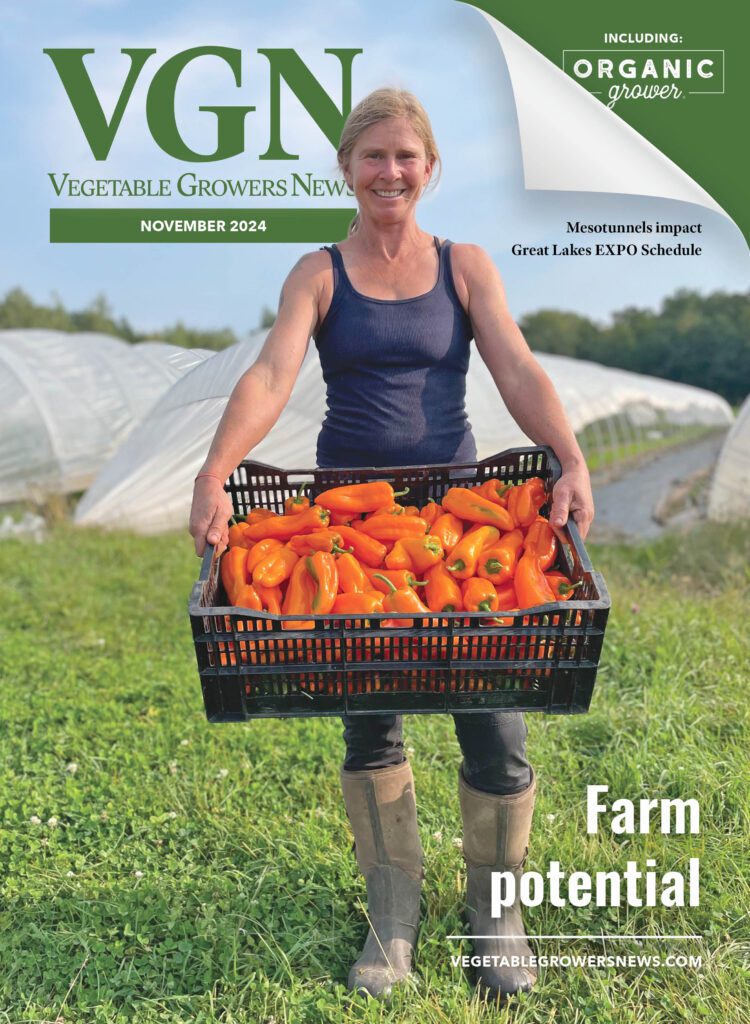Dec 28, 2022Lettuce fed to starving Cape Canaveral manatees
Florida manatees are again dining on lettuce as part of a push to slow the starvation deaths of the threatened aquatic species.
An experimental feeding program at a warm-water power plant near Cape Canaveral is scheduled to resume. Last year, wildlife personnel fed 202,000 pounds of lettuce to manatees that gather by the thousands in the warm waters during cold temperatures, according to wildlife officials quoted in an Associated Press article. The manatees are being fed romaine and butterhead lettuce.


The goal is to reduce pollution from cities, sewage and agricultural sources that officials blame for the die-off of the seagrass beds manatees depend on for food, according to the report. Since 2009, seagrass has declined 75% in the critical Indian River Lagoon, according to water management officials.
Last year’s feeding program worked well and will continue at the site, Ron Mezich, of the Florida Fish and Wildlife Conservation Commission (FWC), was quoted as saying in the report. “We hope this is never a permanent situation,” he said in the report. “We don’t want to have to feed wild populations.”
The feeding program began during the winter of 2021-22 after 2021 saw a record 1,100 manatee deaths. The animals died mostly from starvation, but also from collisions with boats. Through Nov. 4 this year, 735 manatee deaths have been recorded, according to state statistics.
The first shipments of romaine and butter lettuce were mostly donated by growers or funded by contributions and will be used again this year, Mezich said in a report from Tampa’s WUSF public radio.
Although the starvation deaths are of big concern, Mezich said manatees are not in danger of extinction in Florida. Manatees are, however, listed as a threatened species.
Manatees in other parts of Florida are not in danger from lack of food and do not need the romaine and butter head lettuce the state will provide on the state’s east coast, officials said in the report.
A major effort of wildlife officials’ Florida feeding program is to prevent manatees from associating people with food. Additional precautions are being taken to ensure that lettuce simply appears at the site, Mezich said in the WUSF report.
“It looks like a gift from heaven rather than a hand from a person,” he said in the article. “We don’t want to change behavior.”
While a precise start date for the feeding wasn’t set, it was expected to begin in December, according to the report.
The long-term solution in helping manatees suffering from chronic malnutrition is to improve water quality to prevent algae blooms and other pollution-related problems from destroying the seagrass manatees depend on, FWC manatee program spokesman Tom Reinert stated in the AP report.
Although water quality has improved along the state’s East Coast and some seagrass is again growing naturally, nursery-grown seagrass will be required to restore the manatee food to acceptable levels, Reinert said in the story. “It’s still going to take a number of years,” he said in the report.
While the report didn’t state where FWC plans to acquire the lettuce, in addition to California winter production, growers in the Belle Glade region, in nearby Palm Beach County, supply lettuce throughout the winter.
Related to elephants, manatees are gentle round-tailed giants, often called sea cows. They can weigh as much as 1,200 pounds and live up to 65 years. Manatees are Florida’s official state marine mammal.
PHOTO: To counter increasing manatee deaths, fish and wildlife officials are feeding lettuce to help threatened manatees, which gather by the thousands in Cape Canaveral’s warm waters. Photo credit: U.S. Fish & Wildlife Service















